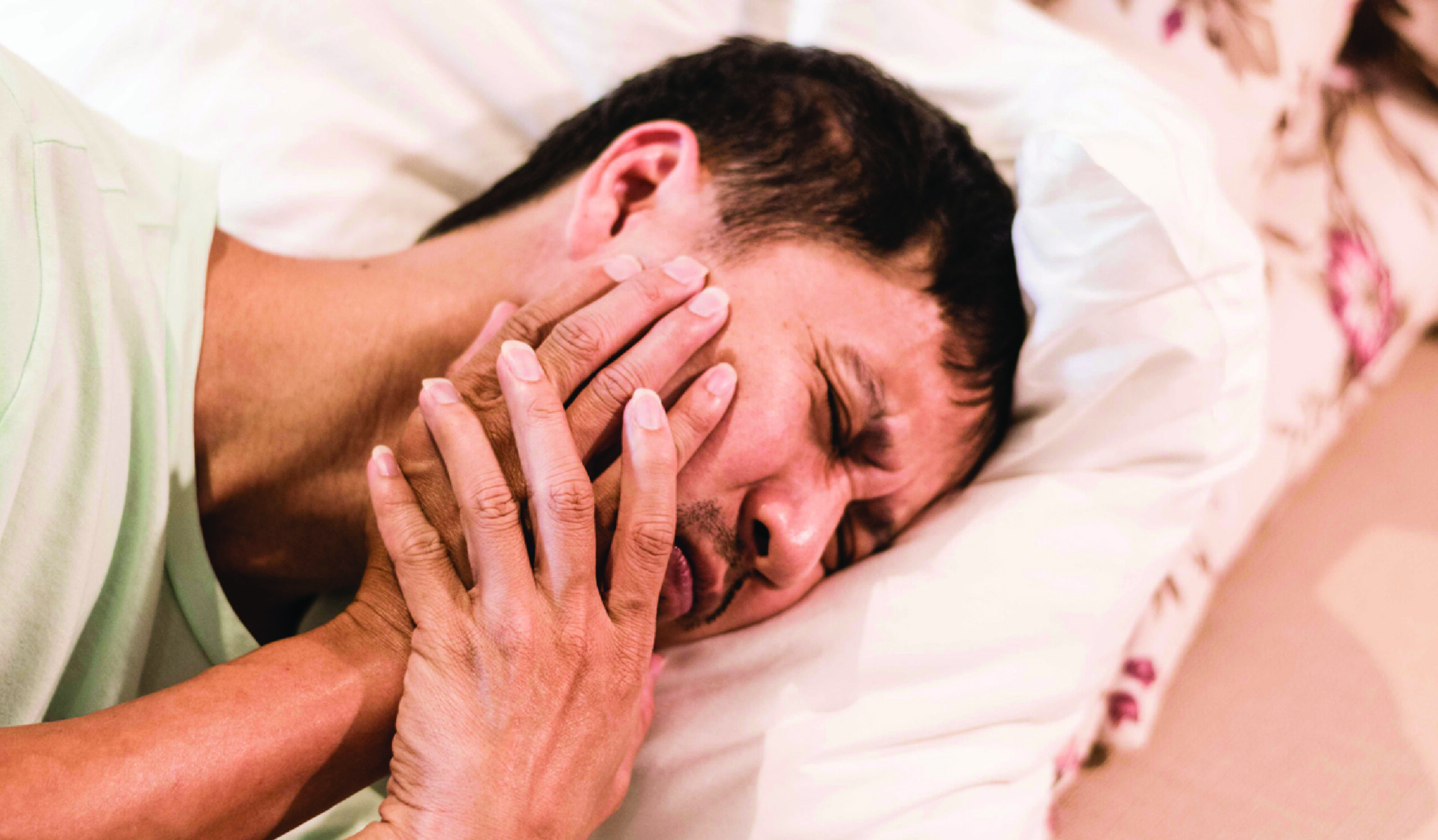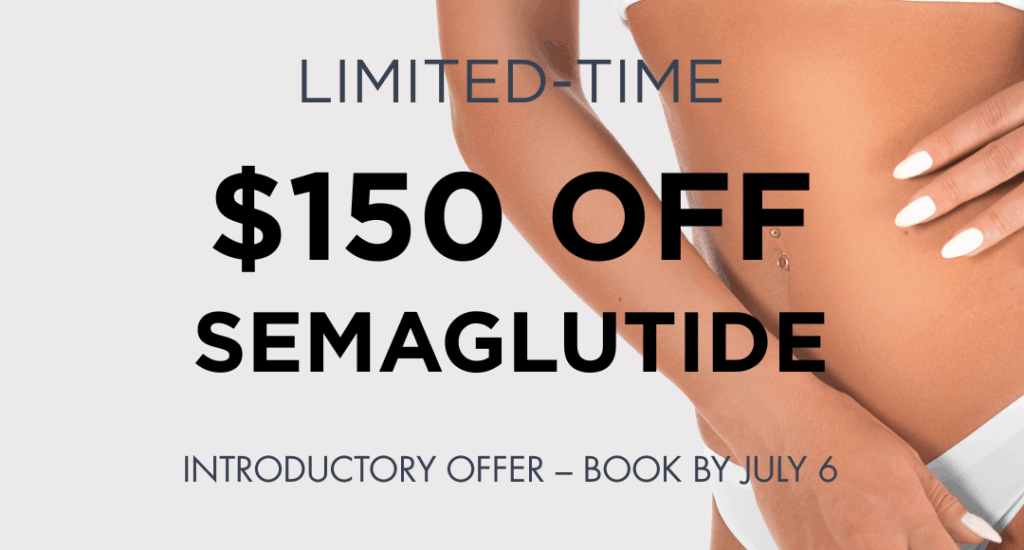Bruxism, the medical term for unconscious teeth clenching and grinding, can wreak havoc on both your oral health and overall well-being. Whether it occurs during waking hours or while you’re asleep, chronic teeth grinding can lead to an array of discomforts, from headaches and earaches to facial pain and even migraines. In addition to these ailments, dental problems like enamel loss, increased tooth sensitivity, and tooth flattening or chipping can result from bruxism. But there is hope! A transformative solution lies in an unlikely ally – Botox.
Understanding Bruxism
Before delving into how Botox can offer relief from bruxism, let’s understand the condition better. Bruxism is characterized by the unconscious grinding and clenching of teeth, often occurring without one’s awareness. It’s a common condition that can have a profound impact on both dental health and overall quality of life.
The Role of Botox in Bruxism Treatment
Botox, most famous for its cosmetic applications, has found a new role in providing tremendous relief for those suffering from bruxism. The treatment involves injecting small doses of Botox directly into the masseter muscle, the large, powerful muscle responsible for jaw movement. In some cases, injections may also target the temporalis muscle, which covers the temple region. This approach weakens these muscles sufficiently to halt the involuntary grinding of teeth, offering significant relief from the side effects of bruxism.
The Benefits of Botox for Bruxism
Relief from Pain
Botox injections help alleviate jaw soreness, headaches, and other discomforts associated with bruxism. This can be particularly beneficial for those who have not found relief from traditional treatments like night guards.
Protection for Teeth
By reducing the intensity of teeth grinding, Botox minimizes wear and tear on teeth, protecting your enamel and preventing increased sensitivity. Chipping and flattening of teeth are also less likely to occur.
Control of Habits
Botox helps break the subconscious habit of teeth grinding by relaxing the troublesome muscles. Over time, with routine treatments, the masseter muscle atrophies or shrinks, making it less capable of causing damage. This often leads to extended intervals between injections.
Cosmetic Benefits of Botox for Bruxism
While Botox treatments for bruxism primarily focus on relieving discomfort and protecting dental health, there’s an added cosmetic “side effect” that many appreciate. Botox injections can create a slimming effect on the jawline, often leading to a more heart-shaped face. This is a welcome bonus for those seeking both relief from bruxism and a subtle enhancement in facial aesthetics.
Summary
Botox has stepped beyond its cosmetic applications and found a valuable role in alleviating the discomforts of bruxism. By injecting Botox into the masseter and temporalis muscles, patients can experience relief from headaches, jaw pain, and other unpleasant symptoms, all while safeguarding their dental health. The beauty of this treatment is that it not only addresses the immediate concerns but also brings potential cosmetic enhancements, offering a holistic solution to those battling bruxism. While it may not be a one-time cure, as multiple treatments every 3-5 months may be required to sufficiently “de-condition” the targeted muscle groups, Botox can effectively manage the symptoms of Bruxism and support overall well-being.


